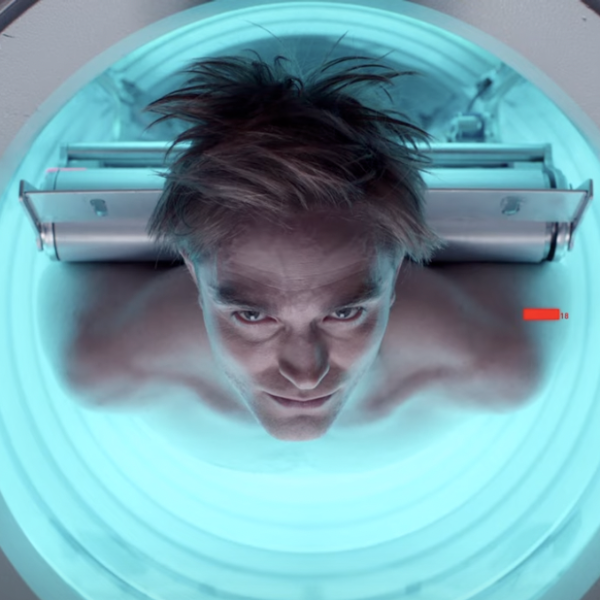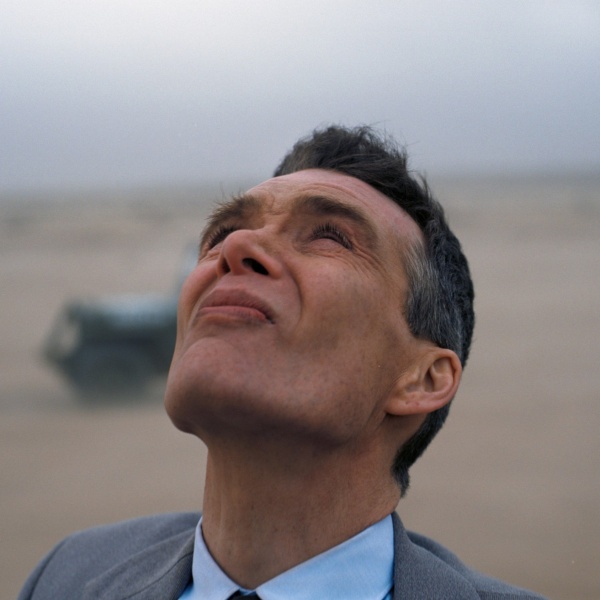The mystical world of the Golden Globe-nominated and Oscars shortlisted “Poor Things” reminded Ari Aster of a real-life place: the Cheesecake Factory.
During Variety‘s Directors on Directors series, Aster told “Poor Things” director Yorgos Lanthimos that the film‘s sequence set in Lisbon made the city look like the chain restaurant best known for having a massive, diverse menu — including loads of different cheesecakes.
“The world in ‘Poor Things’ is also this invented fantasyland,” Aster said, drawing a comparison to his own “Beau Is Afraid.” “I mean, they go to Lisbon, but I’ve been to Lisbon, and it doesn’t look like a Cheesecake Factory.”
Aster added: “That was very reductive, by the way. I’ll rephrase that. I’ve been to Lisbon, and it doesn’t look like that.”
No offense, and none taken.
“I felt from the beginning that we had to build this world that reflected [Emma Stone’s character Bella Baxter’s] way of seeing things, so it couldn’t be totally realistic,” Lanthimos said. “So I started thinking about old-school filmmaking, Fellini films or Powell and Pressburger and all those kind of films. We have modern technology, but [I wanted to] maintain that kind of more tactile, handmade feeling of everything. I didn’t know exactly what it would look like, so it took a while.”
“Poor Things” production designers James Price and Shona Heath told IndieWire they worked to create a heightened reality for Baxter, who rediscovers the world after being resurrected. “We weren’t inhibited like she’s not inhibited,” Heath said. “We were allowed to create our world at our fancy.”
Producer Ed Guiney of Element Pictures told IndieWire’s Anne Thompson that Lanthimos was determined to craft a uniquely immersive set for “Poor Things,” which is based on the novel “Poor Things: Episodes from the Early Life of Archibald McCandless M.D., Scottish Public Health Officer” by the late author Alasdair Gray.
“Yorgos’ films all existed in slightly adjacent worlds,” Guiney said. “This world is a version of the grand tour. It grew and evolved. And it’s partly inspired by Alasdair Gray’s art. It’s iconically recognizable as Paris or Lisbon, or indeed the ship to Alexandria. But it’s not like any Paris or Lisbon or ship to Alexandria that exists in the real world or ever did.”






